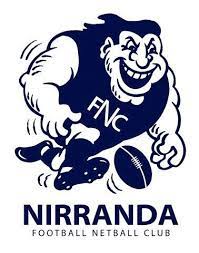Our ever-reliable farm dogs, dairy cats and house-hold pets deserve a festive treat for helping us get through 2020. But it’s important that these treats don’t actually make them sick! Below are some festive foods that are important to avoid; help your pets to stay healthy and keep up their good work for another 12 months!
- Leftover fatty meat scraps can produce severe inflammation of the pancreas (pancreatitis) resulting in abdominal pain, vomiting, and bloody diarrhoea.
- Cooked bones are problematic: they can cause blockages in the throat or intestines or, if chewed and shattered, the sharp edges can puncture the throat or intestines. Both scenarios usually require surgery.
- Chocolate contains the chemicals methylxanthine and theobromine that are highly toxic to our pets. Depending on how much has been eaten and the type of chocolate it is, there can be vomiting and diarrhea; large amounts can cause seizures and heart complications.
- Grapes, sultanas and raisins (i.e fruitcake and Christmas puddings!) can cause acute kidney failure in pets (though it’s unknown why this occurs). Interestingly, the amount of grapes that will cause illness varies significantly between individual animals. Studies have found 4-5 grapes to be fatal for some animals and have no affect in others.
- Macadamia nuts can cause vomiting, joint pain, weak and uncoordinated hind legs and muscle tremors. While the toxic ingredient in macadamias is unknown, dogs usually recover well.
- Garlic and onions contain a compound that attacks your pets’ red blood cells. If enough cells are damaged animals can become anaemic, lethargic and weak (but usually recover well with supportive care).
- Xylitol is a natural sweetener used in gummy lollies, some peanut butters and some medications with sugary capsules. It is extremely toxic to dogs and causes a life-threatening drop in blood sugar and liver failure.
- They’re not food, but Christmas decorations also have the potential to cause issues with your pets. Cats especially have been prone to eating tinsel, causing an obstruction within the throat and/or intestines.
Food enrichment: make *how* you offer food the treat!
Dogs have a natural scavenging instinct and if in the wild would spend much of their time searching for their food. Using a dog puzzle toy is important as it allows them to express these instincts and use their high intelligence to solve problems. It is also fun! Offering a variety of toys can also help reduce anxiety and weight problems as well as reduce eating speed.
There are lots of ways to help keep your dog or cat entertained: it can be as simple as balls in a muffin tin with treats hidden underneath. Other examples include:
- A dog icypole: place treats in an ice cream container filled with water and freeze overnight. They’re great for hot days and will keep your dog occupied for hours.
- The Kong Classic is a great toy to fill with soft foods such as tinned dog or cat food, (xylitol-free) peanut butter, cream cheese or yoghurt. You can also freeze these so your pet takes even longer to get the food.
- A slow down bowl or food maze is not just a good way to help keep your pet’s meal times interesting but they’re also highly recommended for dogs and cats that eat their dinner too quickly.
- Snuffle mats are another option for hiding treats for dogs. You can purchase them, or make them yourself out of a rubber mat with holes and polar fleece (instructions can be found online).
- There are also ideas for homemade cat food puzzles – an activity for the kids over the school holidays perhaps!































